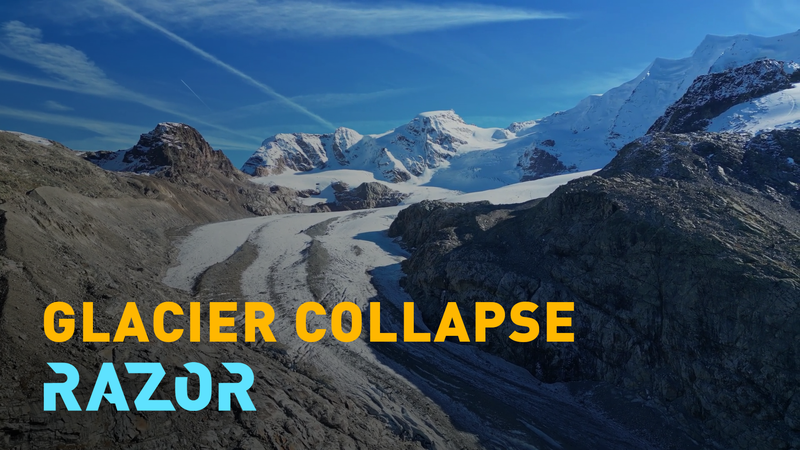A groundbreaking study has unveiled the key mechanism behind alpine grassland carbon sinks on the Qinghai-Tibet Plateau in the western Chinese mainland, shedding light on how this high-altitude ecosystem captures and stores atmospheric CO2.
Conducted by researchers at the Northwest Institute of Plateau Biology, under the Chinese Academy of Sciences, the research appears in the journal Agricultural and Forest Meteorology. Through a combination of field observations and climate data analysis, the team mapped how seasonal and year-to-year variations in temperature and moisture drive carbon assimilation in plateau grasslands.
"It is of importance to enhance understanding of the carbon cycle mechanism in this region, especially given its role in ecological security," says He Fuquan, a lead researcher at NWIPB. By decoding the climatic factors that regulate plant growth and soil processes, the study provides a scientific foundation for protecting and managing one of the world’s most significant carbon sinks.
As young global citizens and changemakers explore nature-based solutions for a warming world, insights from the Qinghai-Tibet Plateau highlight the power of high-altitude grasslands in buffering climate change. These findings pave the way for further research into how local ecosystems can contribute to global sustainability goals.
Reference(s):
Study finds grassland carbon sink mechanism in Qinghai-Tibet Plateau
cgtn.com




